Spanish Explorers in Oklahoma Whose
Lust for Gold Brought About Their Downfall
Spanish explorers in Oklahoma were driven by a lust for gold sparked by the explorations of Christopher Columbus. When Columbus returned from that first fateful voyage, he brought back native plants and birds as well as a small amount of gold.

He reported to Queen Isabella that the Island he discovered and named Hispana abounded “in various kinds of species, gold and metals”. He also reported that the natives were “destitute of arms” and timid as well as “guileless and honest”.
You could just see the wheels in the minds of the unethical and greedy spinning away.
No doubt, they were driven by a lust for gold and the easy life it might provide. But the Spanish Explorers in Oklahoma sadly discovered that their lust for gold would cook their goose.
The Bible says in 1 Timothy 6:10 that “the love of money is the root of all evil.” We all need money, but when people abandon all common sense in pursuing their dreams of getting rich quickly, it can get them into trouble.
Here are three Spanish explorers in Oklahoma whose lust for gold put them in peril.
Spanish Explorers in Oklahoma
Francisco de Coronado
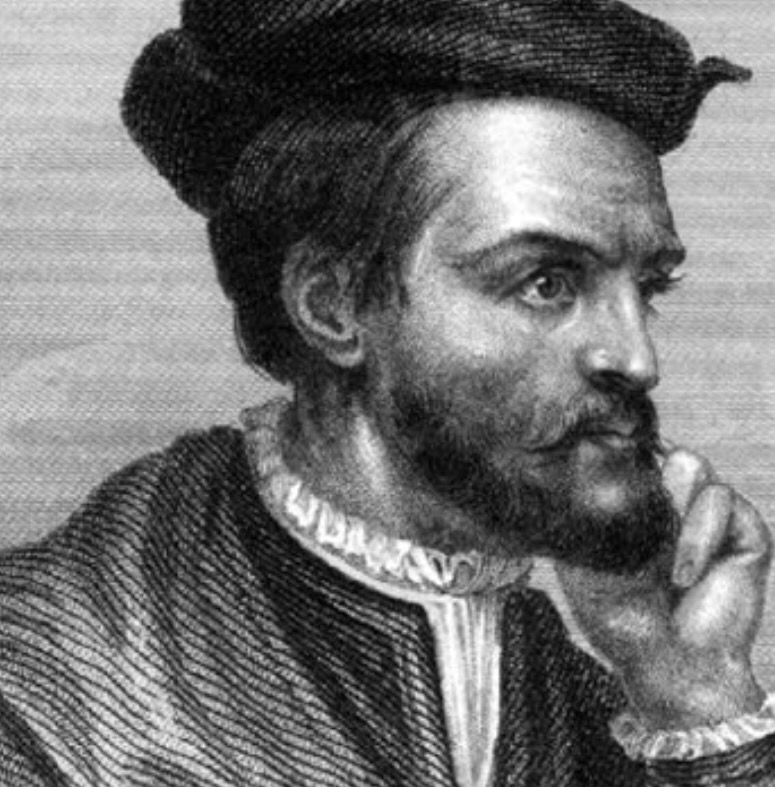
Coronado arrived at the New World in 1535 and did a great job of pacifying the local Indians. The powers that be were so impressed by his diplomatic skills that three years later, they appointed him the governor of Nueva Galicia, an area that took up a large portion of what is now Central Mexico.
While he was governor of the New Galicia province in New Spain, Coronado heard rumors of a treasure-filled city named Quivira up in the north. So, in 1540, he gathered together a team of 300 Spaniards and 1,000 Mexican Indians to see if he could locate this city.
The expedition left New Galicia and traveled at least 800 miles before reaching the Rio Grande River near modern Santa Fe, New Mexico. By that time, it was winter, and Coronado was disappointed because instead of finding gold, he only found mud-walled pueblos. Also, he was hungry. There were too many men in his expedition and not nearly enough food.
Finally, in desperation, Coronado and his men started eating the corn that was stored at a nearby pueblo. The Indians did not appreciate. Coronado and his men may have valued gold, but the Indians valued corn and didn’t want it stolen.
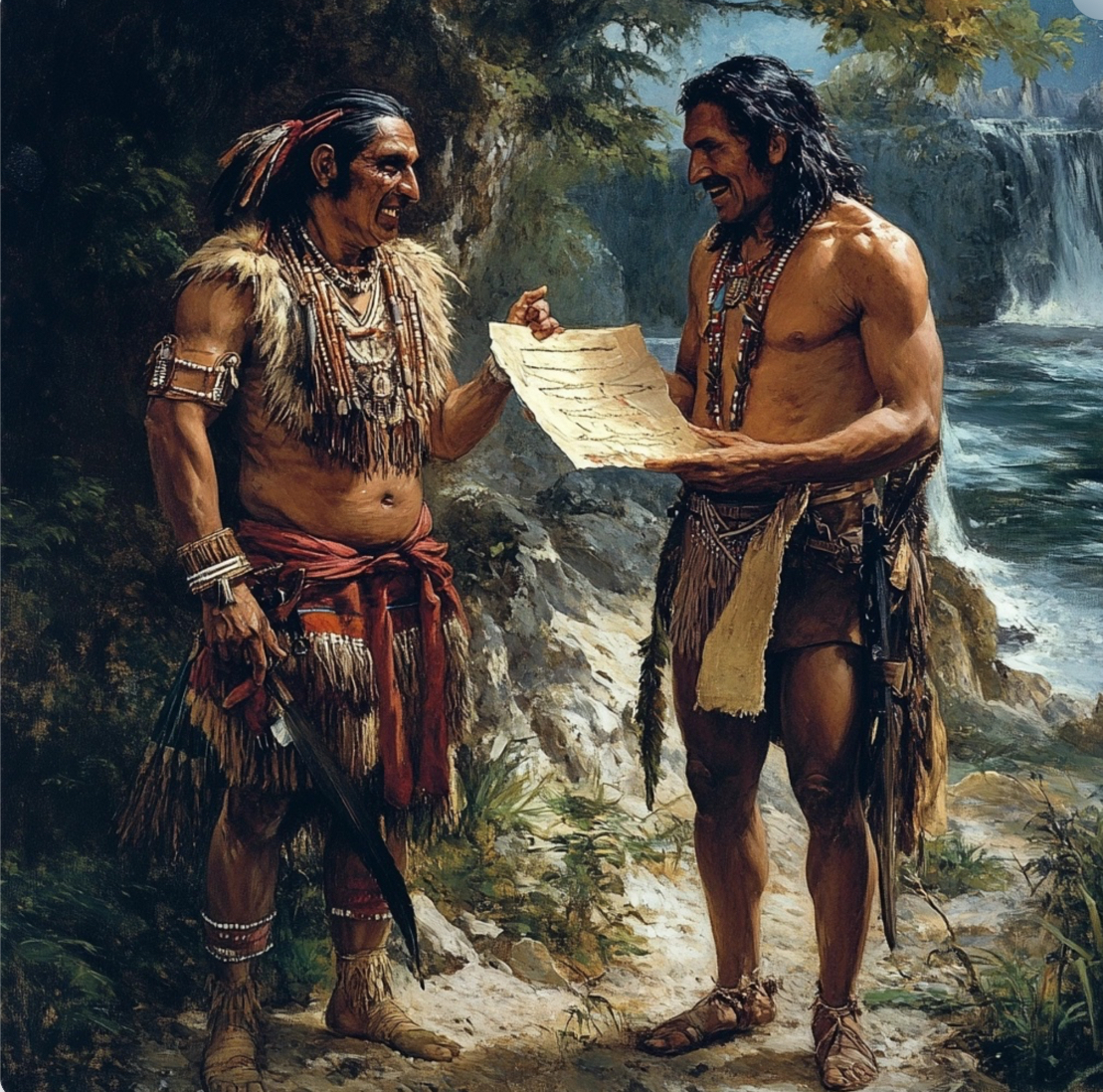
Knowing Coronado’s lust for gold, the Indians came up with a foolproof way to rid themselves of Coronado and his corn-devouring men. A few months earlier, one of the neighboring tribes had imprisoned an Indian who came from a tribe up north. The locals told this man that if he told Coronado a fanciful tale about a city loaded with piles of gold and gave Coronado a location, they’d let this man go.
Coronado fell for it. Driven by their lust for gold, the Spaniards would have believed just about anything if it meant getting rich the quick and easy way. So, even though so far on this expedition, Coronado’s band of explorers had experienced danger, hostile Indians, and starvation, they were all in.
Although no one knows the exact route that he took, it is believed he traveled across New Mexico, through either the Oklahoma panhandle or the central portion of northern Oklahoma, and up into Kansas.
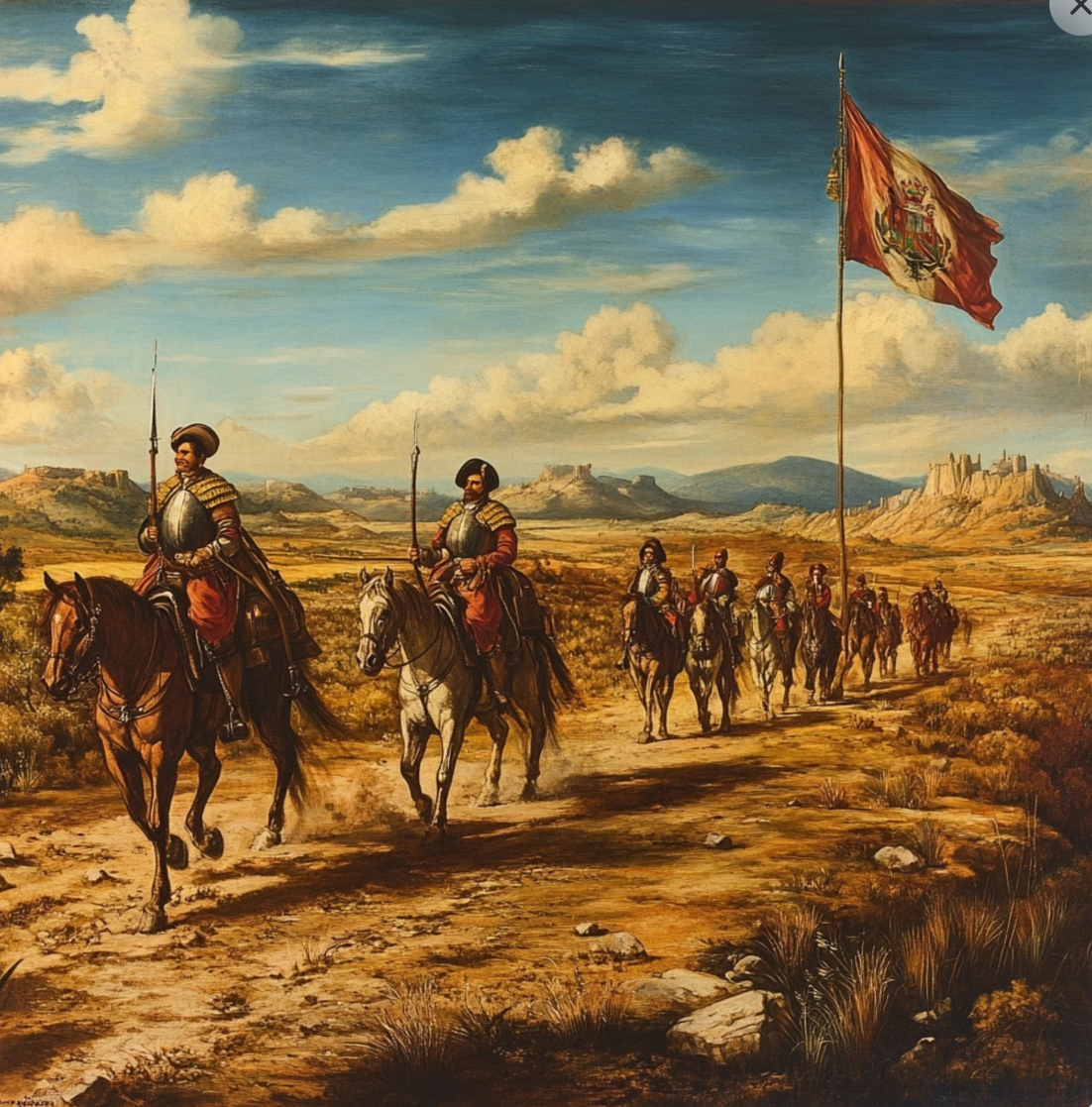
The Spaniards called the land they traveled through “Llano Estacado,” meaning “staked plains”. The area was so devoid of any distinguishable landmarks that the explorers had to leave stakes to ensure they didn’t get lost. They saw nothing but treeless plains, met two nomadic tribes, and lots of buffalo. They didn’t find any gold.
It was at this point that Coronado began to suspect he’d been lied to. Plus, the expedition ran out of supplies again. Still, he was unwilling to give up. He ordered the majority of his men to return south, and then he took a smaller group and continued north.
Still no gold.
Coronado eventually returned home, where he wrote a very vague letter to the king of Spain giving a brief report of his expedition. The land was nice, he said. It had possibilities, he added. But, he reluctantly admitted, it had no gold.
Francisco Leyva Bonilla
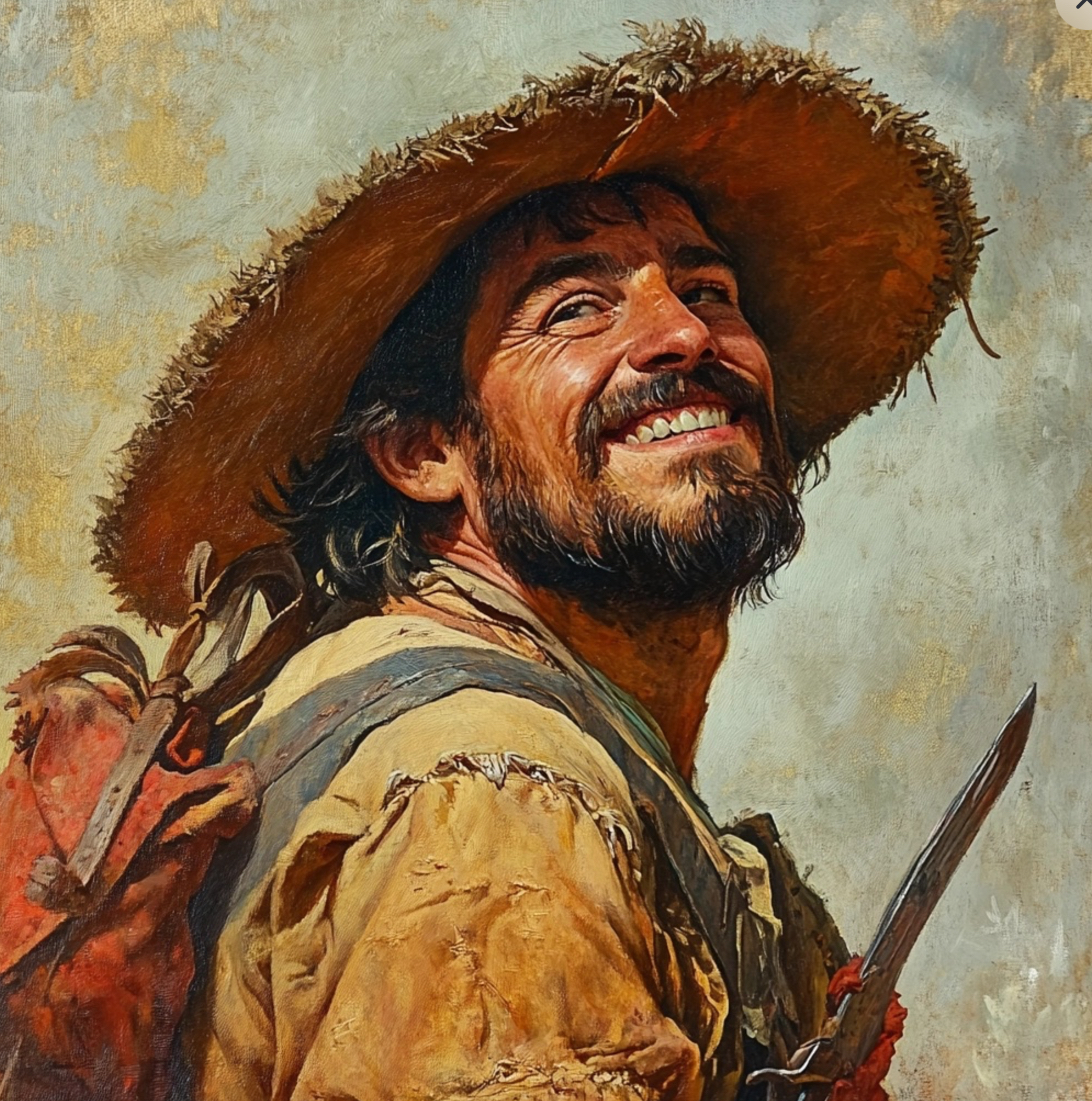
No one asked Bonilla to find gold, but the gold fever bug bit, and Bonilla couldn’t resist. In 1594, the governor of New Viscaya had commissioned him to raise a force and subdue hostile Indians. Once Bonilla had finished that task, he decided to reward himself by finding the legendary city of Quivira.
They were gone for more than a year. Bonilla and his group were determined enough to travel all the way to the Platte River in Nebraska. Unfortunately, Bonilla’s lieutenant, Juan de Humana, had aspirations of power and no conscience. He stabbed Bonilla twice with a butcher knife and then assumed command of the expedition.
Murdering one’s superior officer is never a good idea, and in Humana’s case, it seemed to have brought a curse on the expedition. The local Indians who had traveled with Bonilla deserted the expedition.
One of the Plains tribes, known back then as the Escansaques and later called the Kansas or Kaw tribe, discovered Humana’s group. One night, they surrounded the expedition and set fire to the grass surrounding the explorers. The Spaniards awoke in a panic and tried to escape the flames. As they did so, the Indians picked them off, one by one.
Don Juan de Onate
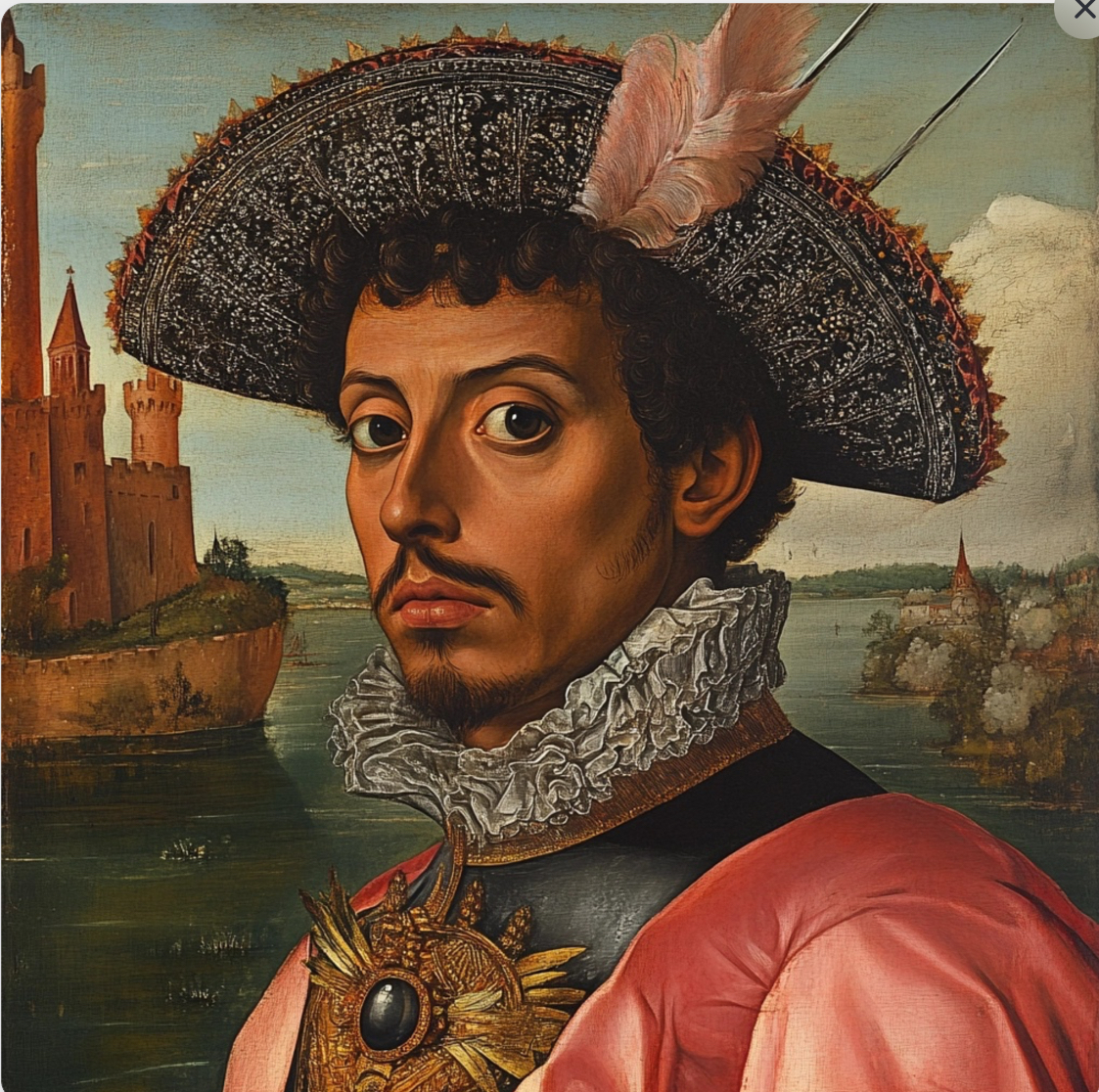
As far as Spanish explorers go, Onate wasn’t the nicest of guys, and controversy still surrounds him today. In 1599, Onate wanted the Acoma Pueblo people to convert to Catholicism and submit to the Spanish throne, and he sent his nephew to carry out the task. When the Spaniards found the Acoma Pueblo, they stole blankets and food from the Indians. The Indians fought back, and Onate’s nephew was killed.
Onate took an army along with muskets and cannons to Acoma Pueblo and slaughtered more than 800 people who lived there. Then he ordered that every local man still alive have his right foot cut off.
A few years later, Onate also desired gold and led an expedition north. He also ran into the Escansaques and befriended them. This tribe led Onate and his men to a group of people that Onate mistakenly assumed were the Quivira. They weren’t. Instead, they were the Rayados, later called the Caddoan Wichitas, who were enemies of the Escansaques.
Onate hoped to come in peace. The Escansaques had other ideas and attacked the Rayados. When Onate protested this, the Escansaques attacked his group as well. Onate and his men fought back. Later, he claimed to have killed 1,500 Escansaques, although experts suggest this was an exaggeration.
He didn’t find gold either and eventually returned home.
Watch the video below to learn more.

Learn More About Ancient Oklahoma
The Native American Mound Builders
The Heavener Runestone - Was Oklahoma Visited by Vikings?